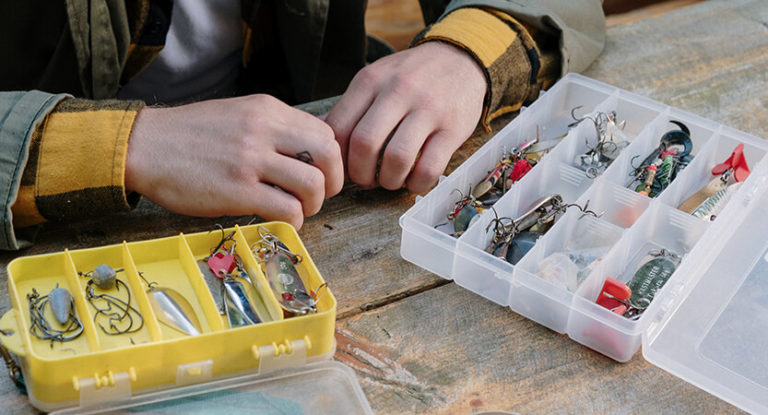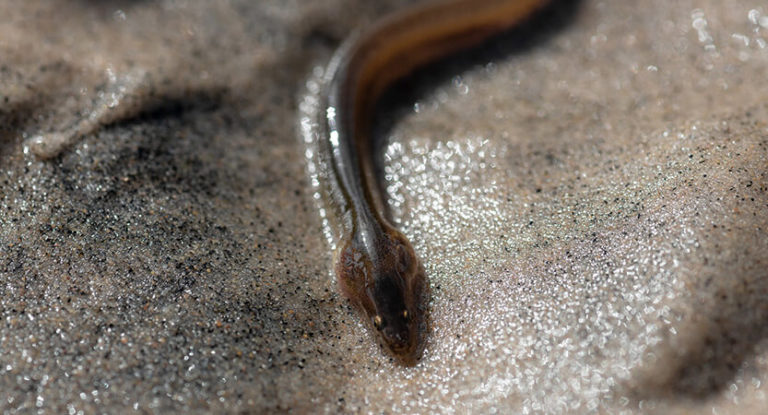Despite the variety of all kinds of fishing methods , spinning rod remains one of the most popular tackle designed for fair competition with predatory fish. During the hunt for a predator, the angler does not rest for almost a minute, either throwing the tackle, then animating the bait. The most difficult and multifaceted stage of spinning fishing is the posting. In the course of it, the angler operates with a reel and a rod, forcing the bait to move along a given trajectory.
It is unlikely that seasoned anglers generally think about the classification of postings – experimental developments perfectly replace the theoretical component. They choose the right style based on practice, depending on the type and weight of the bait, fishing conditions, the degree of activity of the fish, and so on. But for beginners, it is harmless to first master the theoretical component, and then proceed to its implementation in practice.
Here is an overview of the content of this tutorial, feel free to jump to any section you care about:
For more fishing instructions, take a look at these popular Trizily links: Best Spinning Rods, Best Spinning Reels.
- Float Fishing For Beginners
- How To Choose A Spinning Reel (Complete Guide)
- How To Put Fishing Line On A Reel (Complete Guide)
Casting a Spinning Rod
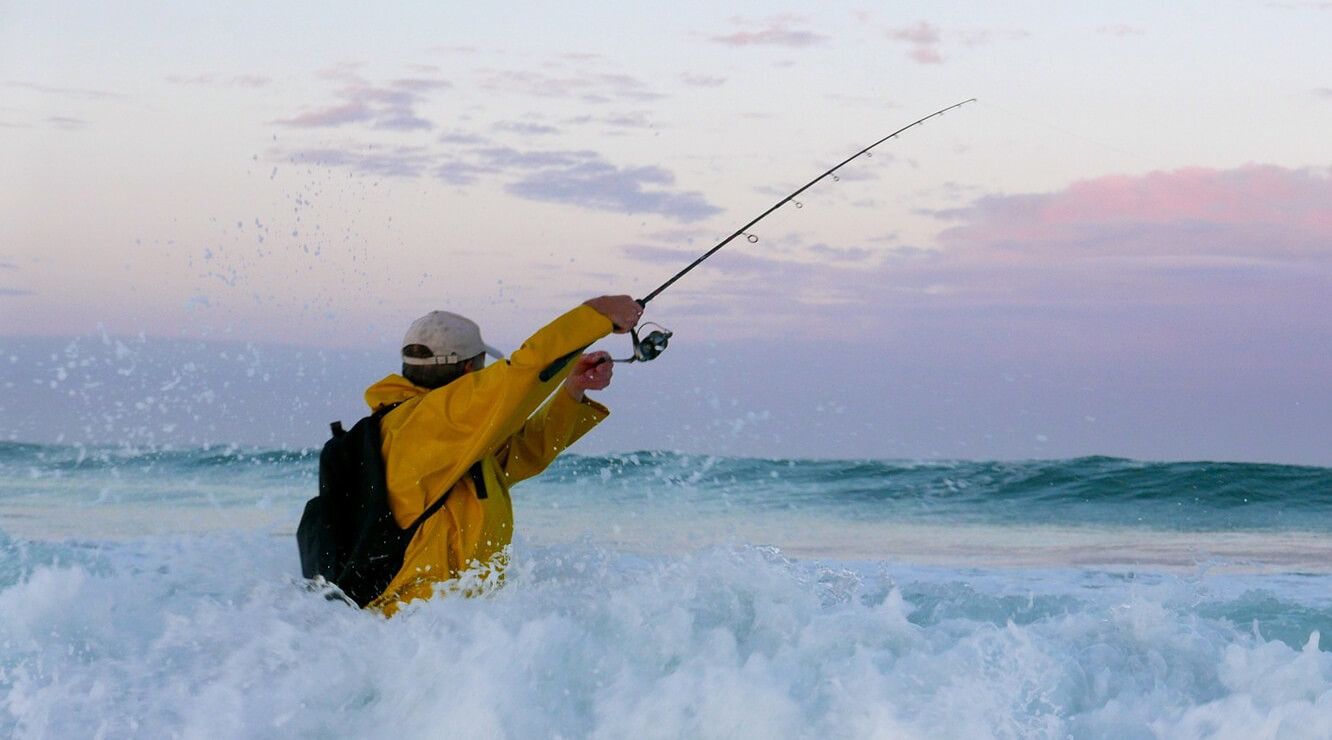
Actually, spinning fishing begins with casting, that is, delivering the bait directly to the starting point. There are several casting methods , depending on the characteristics of the rod, the bait and local conditions (current, wind, season). Optimal for a beginner is the feed of the rig from behind – it is the easiest to perform.
Sometimes the predator attacks the bait almost immediately, even before it sinks to the bottom. However, in most cases, after the bait is fed, the stage of its animation follows, that is, giving it the behavior characteristic of a seductive prey for a predator. The basic principle is the same: with low activity of fish, neat and slow postings are used, with high activity, more aggressive ones. The techniques are significantly different: when fishing with a microjig, a spoon or a wobbler, different options are used. Moreover, similar techniques used by different anglers sometimes have little in common with each other.
Uniform method
Uniform spinning wire is the best option for a beginner. It assumes the simplest actions of the angler: uniform winding of the line on the spool at a constant speed. At the same time, the spinning rod remains in the same position: the angler operates exclusively with the reel. The winding speed can be different, and the immersion depth depends on this factor. The higher it is, the faster the bait comes to the surface. Usually it is used when fishing in the middle and upper water levels, which practically excludes the possibility of snagging on the curled bottom.
Despite the simplicity of execution, this method sometimes gives a very high catchability. Moreover, some lures, for example, “turntables” with a core weight, demonstrate real play only with this method of execution. Other lures (spinning spoons, wobblers with their own game, jigs) can be animated in either the indicated way or in other ways.
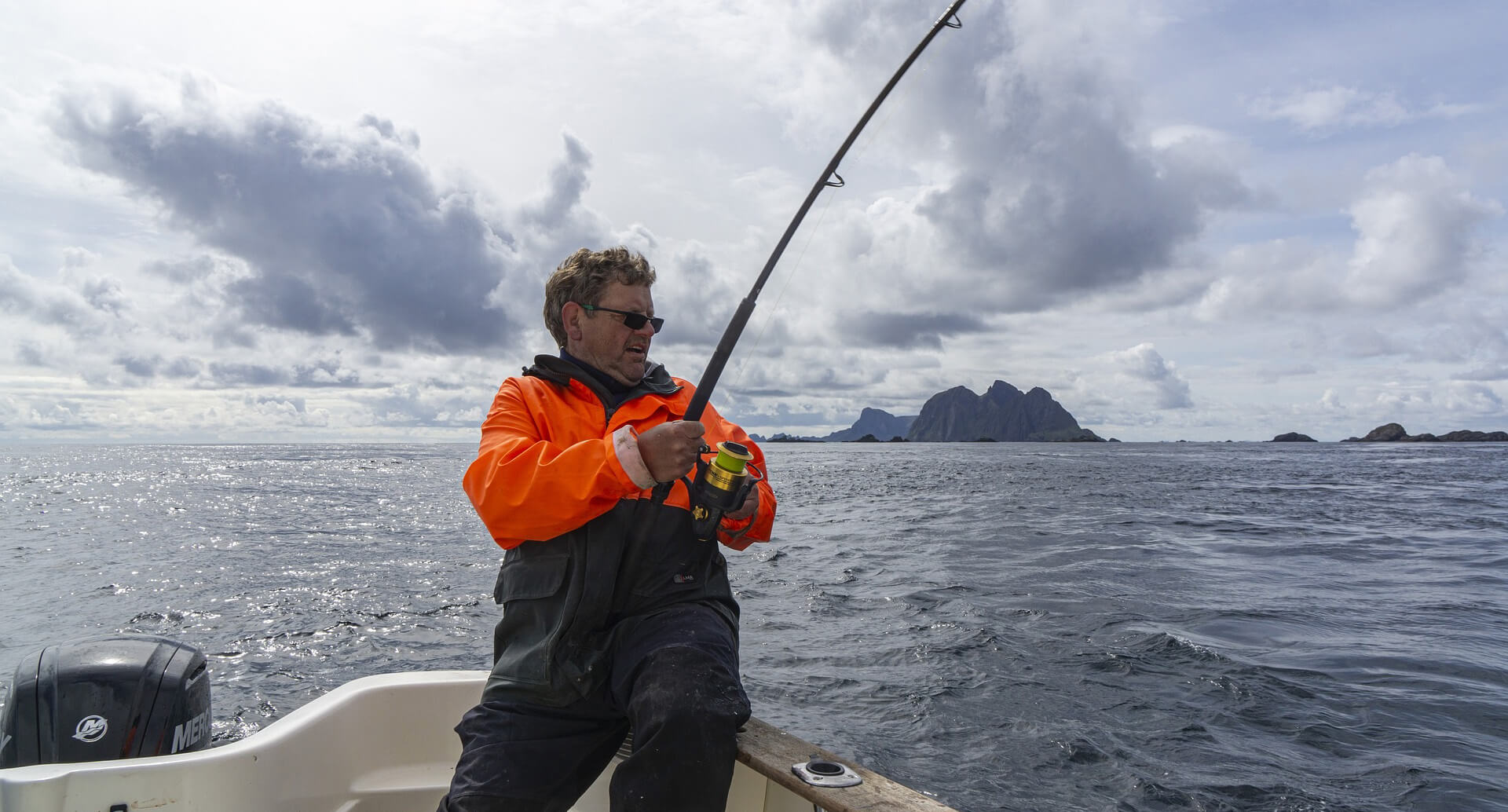
Uneven wiring
Uniform wiring easily transforms into uneven wiring. The rewinding of the fishing line is carried out with a change in speed, during which the bait practically hangs in the water column, then sinks or floats, then accelerates. Her chaotic movements attract a predator. Sometimes blank motions are added, which makes the animation even less orderly, likening the bait to a wounded fish.
There are a great many options for uneven wiring, and it is difficult to predict which method will be most effective in this case. This is usually comprehended empirically. Uneven techniques include jig “steps”, twitching and other options – in general, everything that involves changing the reel winding speed and manipulating the rod.
“Steps”
This type involves the movement of the bait along an intricate vertical trajectory, reminiscent of a ladder. When casting, it falls to the bottom, after reeling in the line, it floats up, and during a pause it deepens again. The reel operation can be interspersed with upward (or up / sideways) motion of the blank, which gives the bait a sharper play.
Traditionally, stepped wiring is associated with a jig, so we will talk about it in more detail below. However, in practice, it can be used with other types of lures, for example, with oscillating spoons, wobblers of various types , cicadas, and so on (except for spinning spoons). At the same time, it is desirable that the bait has its own animation even when it falls, as this attracts the predator even more.
It is interesting that with a “step” floating wobblers behave exactly the opposite of jig and other sinking lures. When stopping, a reverse step is formed: the wobbler does not sink, but floats. The fish often reacts to the bait exactly at the moment of its emergence. Many spinning anglers consider step wiring with a floating wobbler to be the most effective for a passive predator.
Twitching
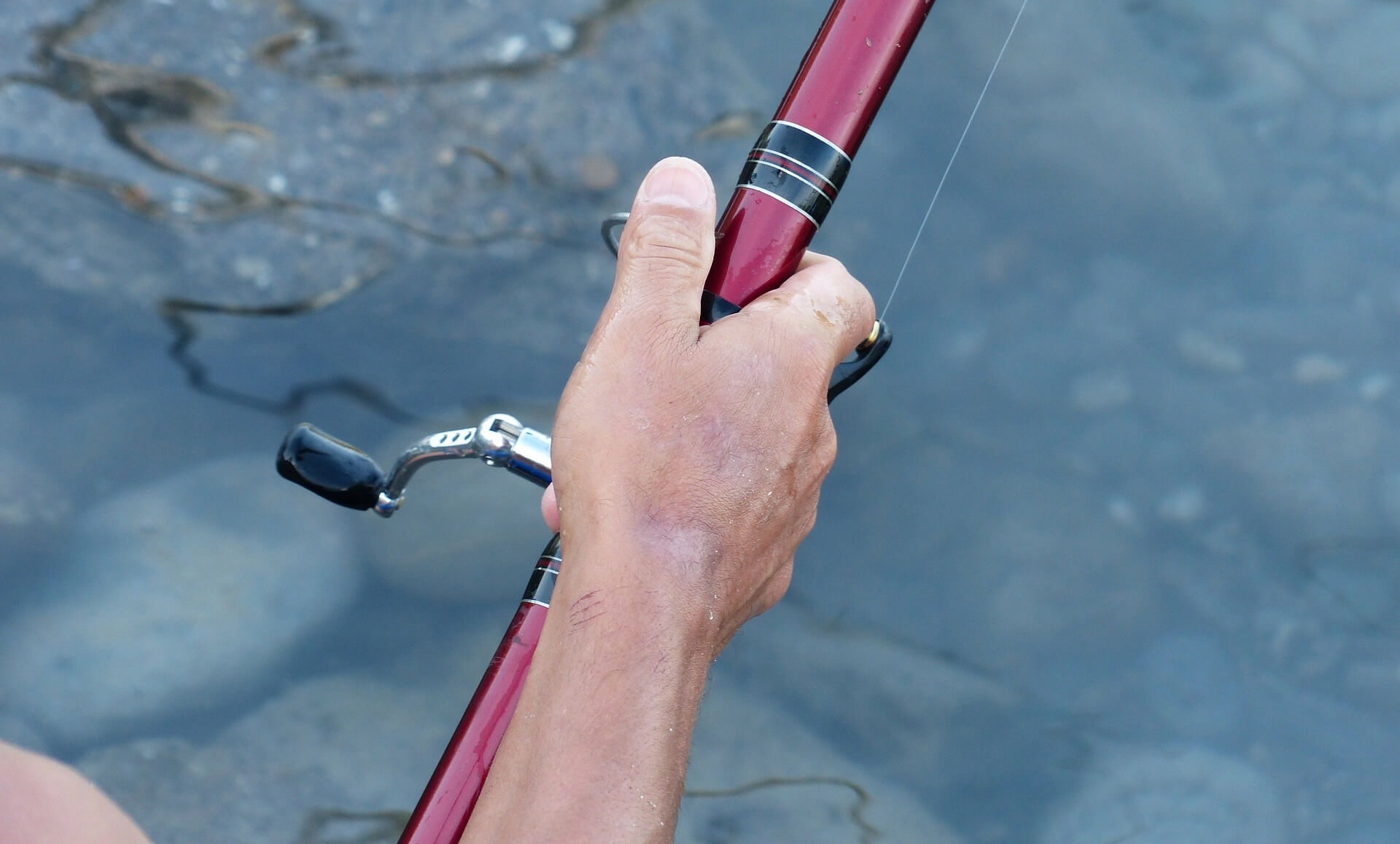
Twitching involves the most active work with a rod. This is a rather energetic jerking posting, carried out during active work with a blank. Most often it is used to animate wobblers such as poppers and minnows, that is, narrow-bodied and chasing lures. Pauses alternate with jerks and reeling of the cord. The angler is actively working with a rod, as a result of which the lure prowls from side to side. For a predator, this looks like the movements of a weak, wounded fish, incapable of special resistance, and provokes an attack. At the moment, this is one of the most effective hunting techniques for predatory fish.
Distinguish between low, medium and high amplitude twitching. In addition, this wiring can be varied in terms of hardness-softness, as well as the degree of randomness. Low-amplitude twitching is usually used for catching perch, but wider sweeping movements are suitable for hunting pike. Despite the variety of options, there is a single rule: the less active the predator, the softer the posting and the longer the pauses between jerks. For example, with a sluggish summer bite of pike, “stop and go” shows itself well – a method in which careful movements with a blank are accompanied by a line reeling and alternate with pauses: 3-5 turns – a pause lasting the same seconds.
This harness in all variations requires the use of a rigid spinning rod of a short length, which allows maximum control of the movements of the wobbler or lure. Monofilament is rarely used: it stretches in water and gives a large error factor for animation. The best option would be a braided cord, which is practically not subject to stretching. At long distances, only “braid” is applicable.
Jig wires
With the advent of silicone baits, the possibilities of spinningists have expanded significantly. Among them, the most popular are twisters and vibro-tails (lures with jig heads), but anglers use this technique with other options. Sometimes the jig is also used for fishing peaceful fish, with passive silicone baits, imitating insects, worms, crustaceans, and so on. So, for example, a bream, carp or crucian carp can take on a silicone worm.
Jigging demonstrates high efficiency all year round, but it is most productive in spring and autumn. However, on non-freezing reservoirs, jig lovers catch a predator in winter – peaceful fish at this time is inactive.
This technique uses rods with different tests and action. The characteristics of a spinning rod, for the most part, are determined by the weight of the bait with a head, but other factors are also taken into account, for example, the strength of the current. At long distances, as in the previous case, the best option is a braided cord, on near and with inactive fish – monofilament, less noticeable in water.
The essence of the classic jig is to give the bait a step motion. The bait sinks to the bottom when casting, followed by the stage of stretching the line and a pause, during which the bait deepens again. The vast majority of bites fall on the free fall stage, but sometimes the predator reacts to potential prey at other times.
Classics Technique
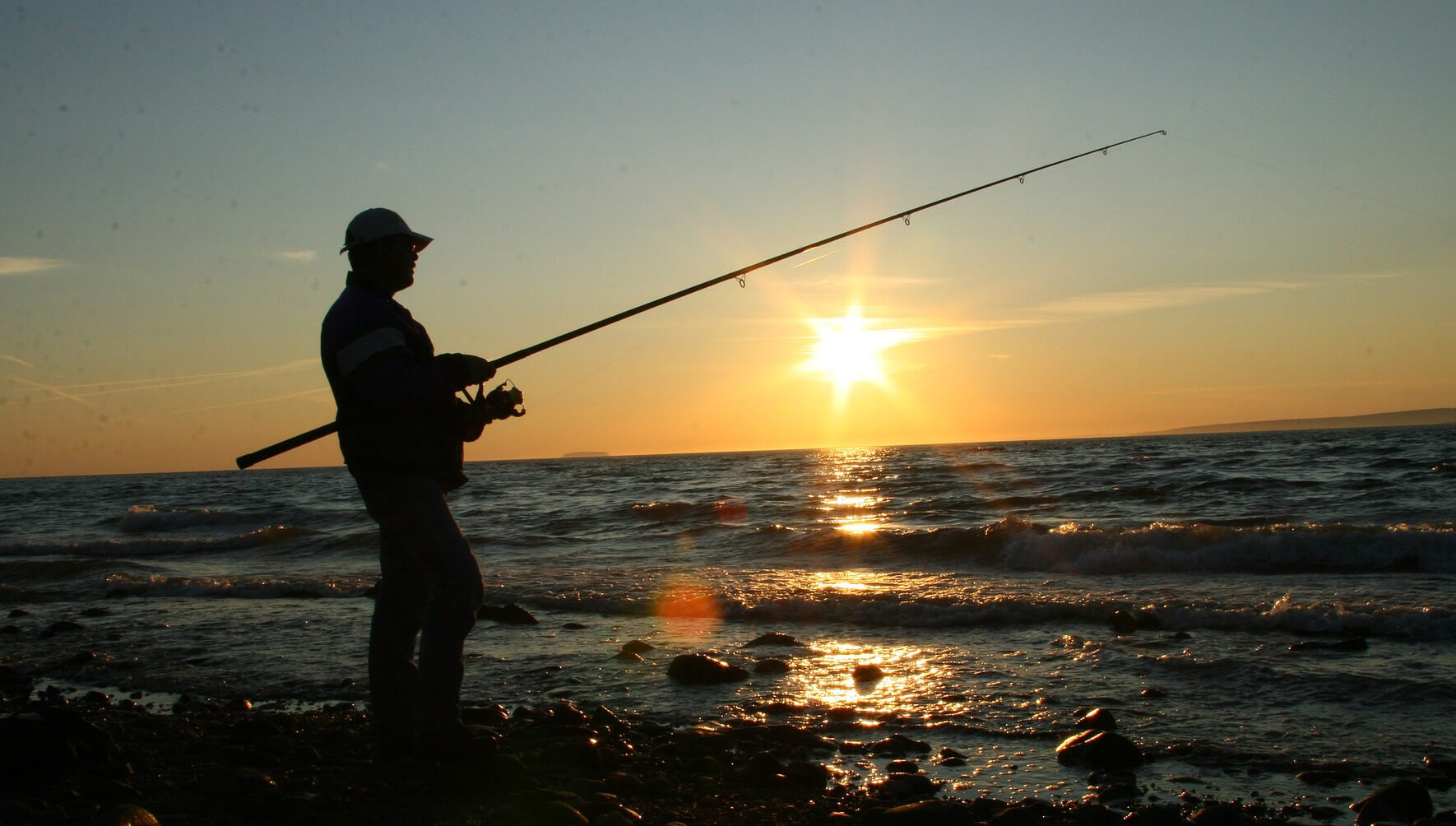
In this case, we are talking about the classic step, perhaps the most common and universal wiring suitable for “silicones” with jig heads. It is considered the most effective in rivers, but can also be used in stagnant water bodies. The predator reacts best to it when fishing with the flow, but if the fish is very active, the opposite option is also applicable.
The technique of classic spinning wire is as follows:
- After casting, the angler waits for the moment when the bait sinks to the bottom (often the attack follows at this very moment).
- When the bottom is touched, the coil should be rewound for a couple of turns, the bait floats.
- There is a pause, during which the bait again touches the bottom.
Such movements are repeated until the bait approaches the shore. In the classical version, the number of windings and the weight of the bait are selected in such a way that the average time for a fish to lower the bait to the bottom is about 2-5 seconds with a step step of about 1-3 meters.
The slow version with pauses after a fall and short coils is effective for cold water and low-activity fish. In conditions of a clean bottom, it can also be supplemented with dragging, to which perch and pike perch react especially well.
American variant
If in the classical method it is supposed to work exclusively with a reel, then in the American version, a rod is also involved. This technique works best in still water, but some anglers use it productively downstream, especially when hunting for walleye. Many spinning anglers appreciate this harness for its maximum sensitivity to the animation of the silicone: all its movements are instantly transmitted to the angler’s hand.
When the bait falls to the bottom, the angler smoothly pulls the rod towards himself, and then reels in the reel to eliminate the slack. The next pull-up jerk follows after the bait has dropped again. Step step in this case directly depends on the length of the spinning rod, therefore, with short rods “American” is practically impossible.
Drifting

Drifting is an interesting and catching technique for fishing on rivers with a tangible current, especially in cold water. In fact, it can be called a variation of the aforementioned “American”, adapted to river conditions. This method requires some skill and rod feel, so beginners are better off practicing with the easier options.
In this case, casting is usually carried out upstream. After the bait falls, the angler lifts it above the bottom by swinging the rod (without reeling), which allows it to swim downstream for a meter or two. Then the operation is repeated cyclically until the line slack becomes critical. After this moment, the coil is wound and any of the techniques suitable for working against the current is applied, for example, the same classic.
Pendulum
This method is used in difficult fishing conditions: the rig in this case is subject to minimal risk of snagging. When fishing in snags, it is recommended to use a flat jig head: it is less “hooky” than a round one. If desired, you can work with the pendulum downstream, for demolition.
The pendulum diagram looks like this:
- At the beginning of the posting, immediately after the bait falls, the angler turns the spinning rod into a horizontal position and pulls it 10-15 cm.
- The lure rises above the bottom, after which the rod comes back 5-10 cm.
- A fall to the ground follows, the slack of the fishing line is selected, the blank returns to the horizontal.
Aggressive wiring
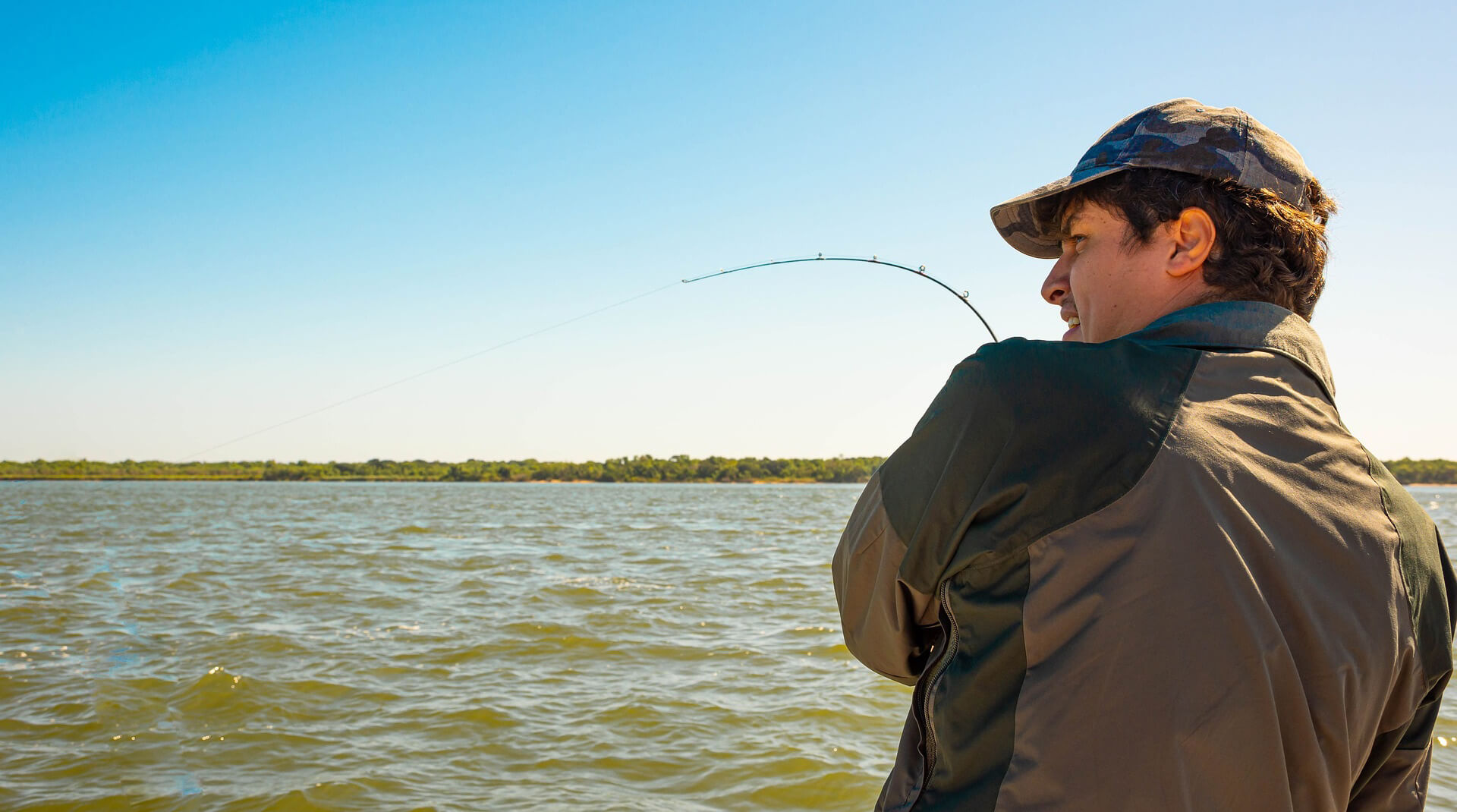
As we said above, the more active the fish, the sharper and faster the posting should be. Therefore, the aggressive technique is suitable exclusively for a hungry and active predator, for example, during the pre-spawning period. Any representative of the predatory ichthyofauna can become an object of hunting: from trophy pike perch to small grass perch. The main rule: the fish must see the target well, so in poor light conditions and in muddy water, aggressive guidance is ineffective.
This technique is not too difficult to perform. It involves a sharp swing of the rod up, like a hook, then lowering it almost to the horizontal in combination with the line reeling. The jerking results in very short steps.
Dotted line
Before us is another interesting technique applicable to a passive predator: it works practically in the absence of a bite. True, for beginners who have just picked up a spinning rod, this wiring will seem overwhelming: here you need a unique sense of bait, which is gained only with experience.
This method can only be used with spaced-apart rigs, such as Carolina or Texas rigs. Its essence lies in the fact that the sinker periodically bounces over the bottom, while the bait practically does not come off from it – dragging occurs. This is provided by small pulls of the form up or to the side with small pauses. In the conditions of a sealed bottom, it can only be produced in the water column, but it is even more difficult to perform.
Spinning fishing is one of the most adrenaline-filled leisure activities. If you want to enjoy the fight with a worthy opponent and enviable trophies, join the huge army of spinning players. We hope that our article will help you get at least a theoretical understanding of the technique of fishing, and you will get the rest in practice without any problems!

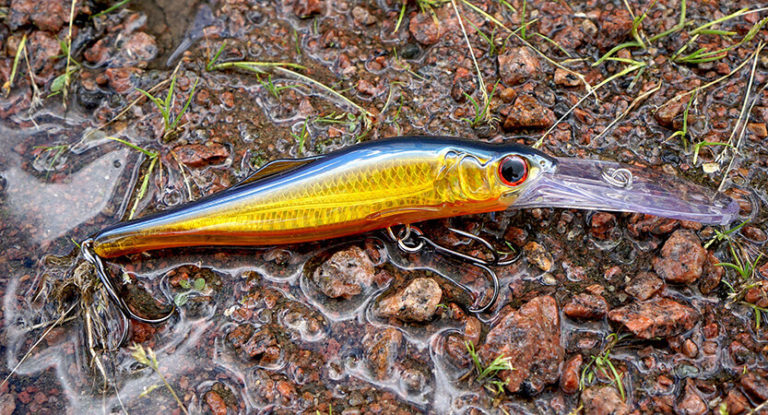
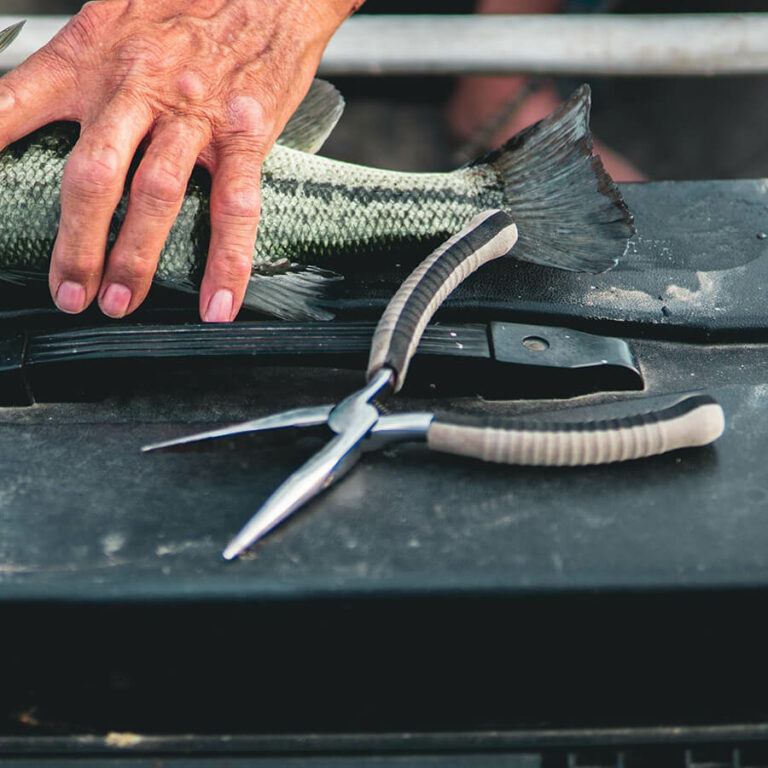
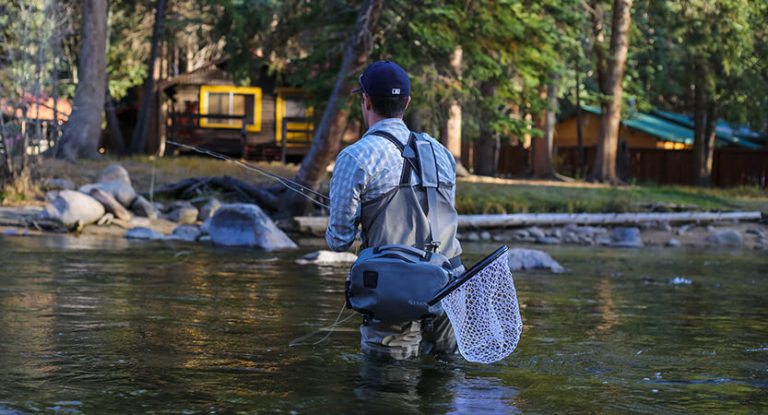
![The 9 Best Fishing Canoes in 2023 [Ultimate Guide] 20 The 9 Best Fishing Canoes in 2023 [Ultimate Guide]](https://trizily.com/wp-content/uploads/2022/03/best-fishing-canoes-768x768.jpg)
